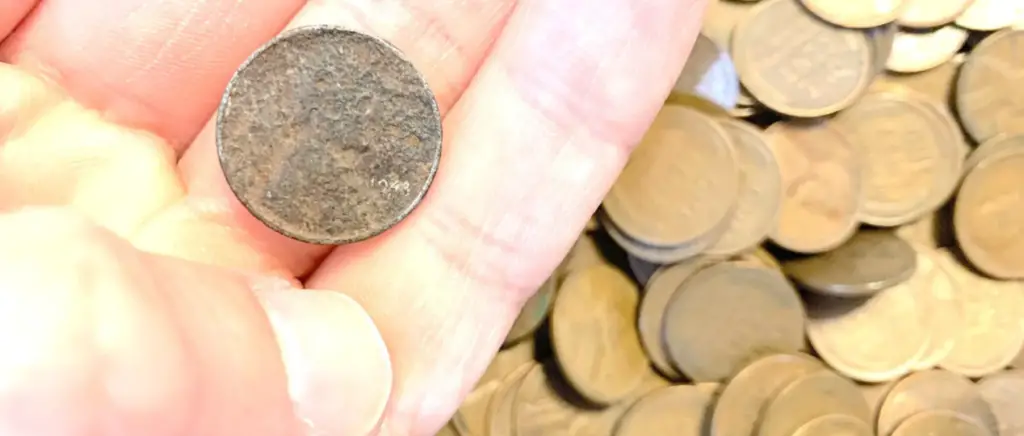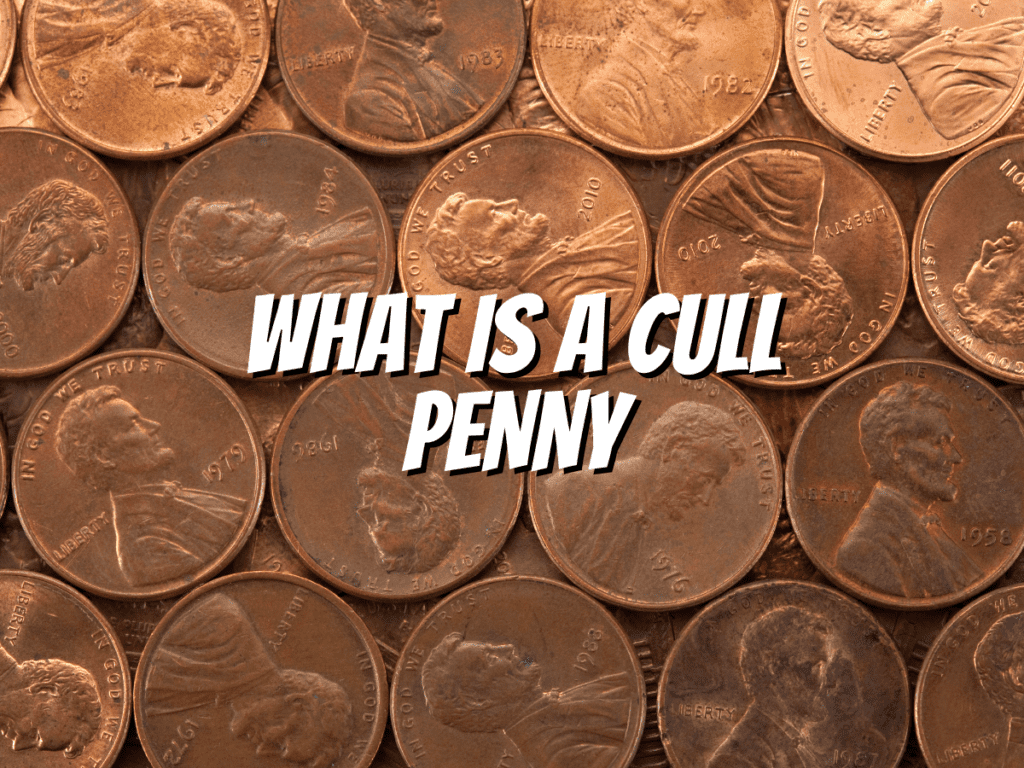If you’re new to coin collecting, you might wonder what the term “cull penny” means. Today, we will discuss cull pennies and how they might impact your coin collection.
I’ll also cover how to identify them so you know whether or not you’re getting ripped off when buying coins from a store or another individual seller. Alright, let’s begin!
What is a Cull Penny?

So, cull coins are the ones that don’t meet the required grade or standard and are found in a mint set or collection.
So, when a coin is damaged or worn out, it is taken out of circulation, which we call a cull. So, I’m saying that a cull is any coin with some sort of defect, but typically people use the term to describe coins that are in mint condition.
In ancient times, money changers would use sieves to separate the good coins from the bad ones before selling them at market value.
Generally speaking, folks, we’re talking about coins in bad shape with imperfections that have been taken out of circulation due to their faults.
You can observe various defects from culls, such as holes, minor or major scratches, bent coins, tonal variances, severe retooling, pitting, corrosion, and other severe marks.
Do Culls Have Value?

No, that’s the short answer. Everyone, please be informed that culls, also known as coins that have been rejected from circulation due to not meeting certain quality standards, are not considered legal tender.
So, they’re worth nothing, not even a single cent. Even if they were in perfect condition, they wouldn’t be worth anything more than face value because they’re not considered usable currency by the government.
So, a cull penny is a coin that has lost its worth. So, when we talk about a ‘cull’ coin, we mean a coin that doesn’t have the full amount of metal due to wear or damage.
Coins, made of metal, tend to lose their value over time due to wear and tear. This is based on the weight of the metal they contain compared to their original minting cost.
Why are There Culls?
Well, you see, there are a few reasons why the mint can produce coins that have imperfections.
First, they may be the correct weight and size but have a flaw in their design.
For example, if there were an error with the obverse side of the coin that caused it not to have any writing on it or extra lines (called doubling), then this would be considered a design flaw.
Another reason they may need to conduct culls is if they must use the appropriate metal composition required by the government for legal tender coins.
Well, in North America, specifically, the one-cent coins, also known as pennies, are crafted using 97% copper and 3% zinc in terms of weight.
If there’s an excess of zinc or a shortage of copper in these coins, they’ll be worth less than regular one-cent coins. This makes them less desirable than pennies with more copper in their composition.
Are Culls in Circulation?

Culls aren’t circulating as they’re not deemed legal tender. So, what this means is that they don’t hold the same value as a typical coin.
You know how when you go to a different store than usual and buy coins at a discount, you get fewer coins for your dollar?
The same goes for culls – they’re worth less than their face value.
They were manufactured with imperfections. Hence, their worth is limited to being collectibles or utilized in crafting jewelry.
Before you go…
I hope this article has helped you answer your questions! Remember, folks, a cull coin is simply any coin that has been taken out of circulation for various reasons. My friends, let me tell you that these coins are usually not accepted as legal tender since they need to meet the quality standards expected by today’s banks and businesses.
Check out my next article: “What is a Cull Silver Dollar?“
Related Articles:


I have a penny/dime that has same diameter as a penny but width and weight of a dime. Ridged Edge also. Both Roosevelt and Lincoln are discernable but date isn’t . I get no responses anywhere. Please reply!
!most likely wrong planchette, depends on condition. Could be valuable as mint error.